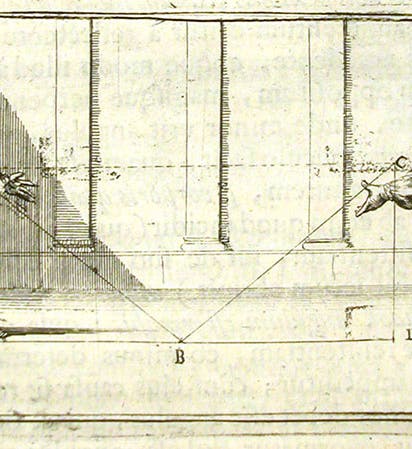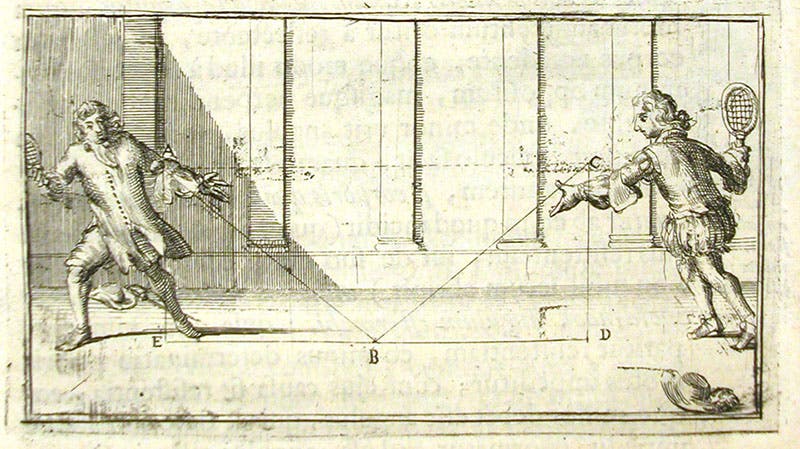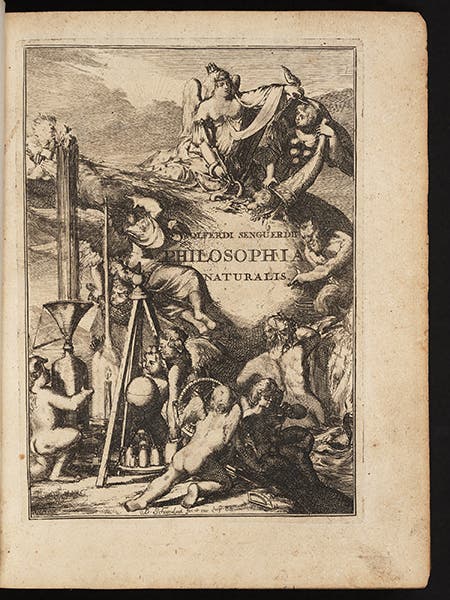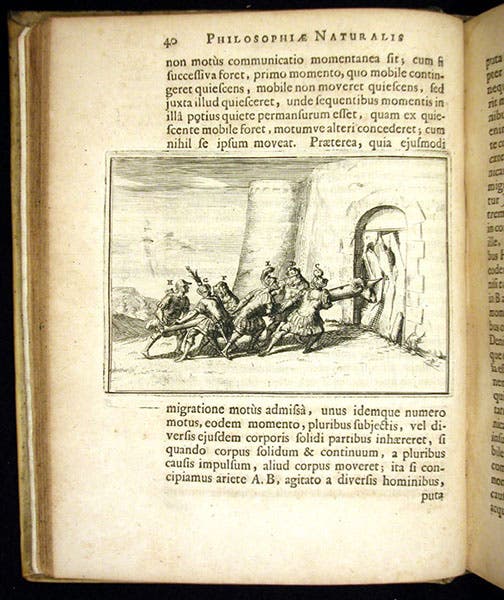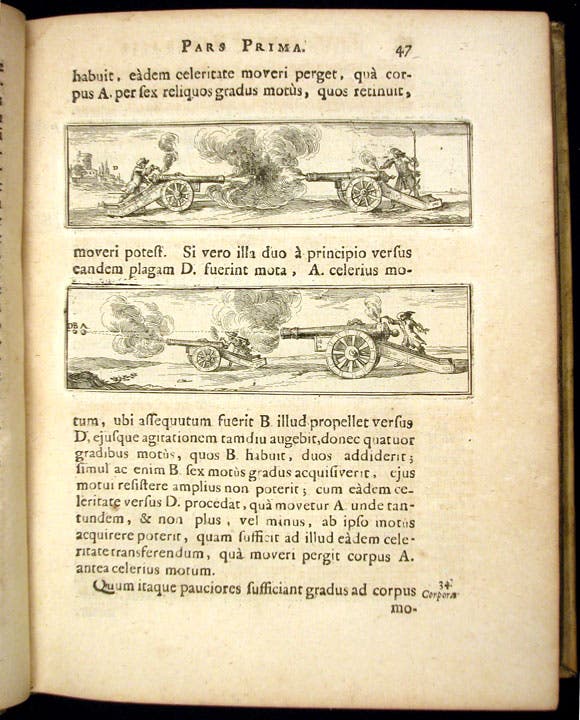Scientist of the Day - Wolferd Senguerd
Wolferd Senguerd was a Dutch natural philosopher and professor of physics at Leiden University in the late 17th century. His birth and death dates are unknown, at least to me. We mentioned Senguerd 4 weeks ago, in a post on a Dutch instrument maker, Johan Joosten van Musschenbroek. Senguerd claimed to have invented a new kind of air-pump in 1680, and perhaps it was his idea, but it was built and sold by Musschenbroek. You can see several engravings of the Senguerd-Musschenbroek air-pump, and a photo of a real-life surviving pump, in our post on Musschenbroek.
But on this occasion, we are not going to talk further about the air-pump, but rather about the book that illustrated it. It was called, in its full title, Philosophia naturalis, quatuor partibus : Primarias corporum species, affectiones, differentias, productiones, mutationes, & interitus, exhibens, which means, Natural Philosophy, in Four Parts: Exhibiting the Primary Species, Qualities, Differences, Productions, Changes, and Dissolution of Bodies. It was first published in 1680 in Leiden, and then reissued, with a new frontispiece (second image), in 1685. It is this second edition that we have in our Library, and which has been used to illustrate this post.
Senguerd was a Cartesian. I deduce that, not from the secondary literature, because there is none, but from the book itself, which is little short of an ode to the natural philosophy of René Descartes. Descartes was a mechanical philosopher who believed that the only real property of matter is that it occupies space. Matter can only be moved by matter; there are no other forces, especially magical forces, that affect things. Matter, once set in motion, stays in motion, and motion is conserved in the universe. For Descartes, there could be no vacuum or empty space; the universe is filled with vortices of swirling matter, which carries the planets around, and produces the effect of gravity, and transmits light. There is more, but this will get us started.
Senguerd, in his textbook, presented the Cartesian mechanical universe as the true description of nature. And, unusually for a textbook, he provided ample illustrations of key Cartesian principles. But what I find fascinating is that almost all of his illustrations are metaphorical – he does not depict Cartesian principles, but rather, what those principles are like. For example, Descartes subscribed to Galileo’s principle of inertia – bodies in motion tend to stay in motion. Senguerd illustrated this with a battering ram – a perfect example of something tending to stay in motion, even if a door happens to be in the way (third image).
Thinking about the actual mechanics of motion, Descartes developed several rules of impact, which described what happened if a larger body struck a smaller body head on (they would move on together at a lesser speed), or if a smaller body hit a larger one (it would recoil without moving the larger body). Senguerd illustrated Descartes’ rules of impact with two dramatic text engravings, depicting cannons firing at each other, and with each other (fourth image).
Descartes was one of the discoverers of the basic laws or refraction and reflection in optics; there are several engravings in Senguerd’s book that picture metaphors of refraction, but we like the one that shows the simple fact that the angle of incidence equals the angle of reflection, illustrated by a court tennis match (first image). And to demonstrate circular inertia, he showed a ship sailing in a tight circle (fifth image).
The illustration I like best, because there is nothing else like it in the literature of Cartesianism, depicts Descartes’ three states of matter. For Descartes, there were three kinds of matter. There was ordinary matter, what we see when we look at the world, which Descartes refers to as third matter. But since the universe has no empty space, there must be matter that fills the space between ordinary matter, and that is second matter, which Descartes imagined as tiny round spheres – “boules” – invisible to the eye. This is the matter that swirls in vortices and moves the planets around. It is round because it has been worn round by the incessant motion of everything. But what fills the space between the round boules? This is first matter, the shavings, if you will, of second matter, that fills all the cracks. It is also the matter that makes up the Sun.
Senguerd’s illustration of the three states of matter (sixth image) is one of the few that is not metaphorical, but it is far from being a diagram. We see a room of third matter, with a stack of boules of second matter on top of a table, and two types of first matter, the shavings that fill the spaces between the boules, and some spiral-shaped bits, which for Descartes, were responsible for magnetism, via an elaborate mechanism that we will not attempt to explain here.
Finally, we should mention the engraved frontispiece to our edition (second image), which was quite typical for the time. Various putti engage in a variety of experiments with recently developed apparatus, such as barometers and air-pumps. But the experiments they do are real ones, and give no hint of the variety of metaphorical experimental demonstrations that one will find within the text.
Senguerd’s book is a very attractive one, for a physics textbook, which is probably why it merited a second edition in 1685. But I do not understand why these charming engravings were never, at least to my knowledge, reproduced in other works, or in modern studies in the history of 17th-century science. They deserve to be better known, as does Senguerd himself, of whom we have no portrait or biographical account.
William B. Ashworth, Jr., Consultant for the History of Science, Linda Hall Library and Associate Professor emeritus, Department of History, University of Missouri-Kansas City. Comments or corrections are welcome; please direct to ashworthw@umkc.edu.

